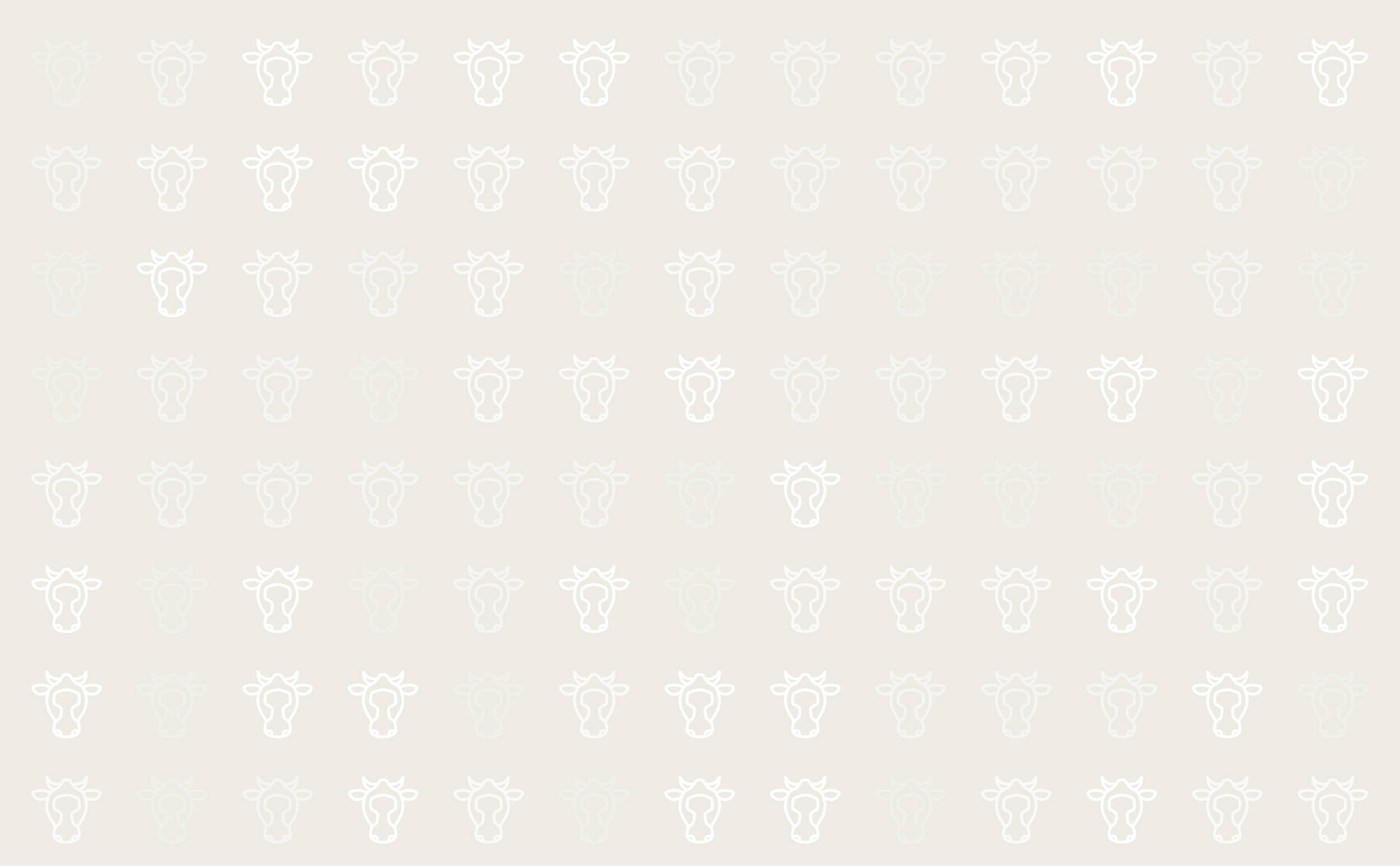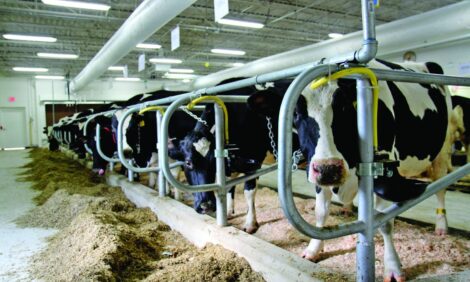



Embrapas GAP Beef Cattle Program Focuses on Sustainable On-farm Practices
ANALYSIS - Embrapa's Good Agricultural Practices (GAPs) Beef Cattle program is a set of practices describing activities that should be applied on-farm, in association with measures to guarantee health, well-being and safety of workers.Ezequiel Rodrigues do Valle, Director of Sustainability at Novilho Precoce - MS, talks to TheCattleSite's Sarah Mikesell about the Good Agricultural Practices (GAP) Beef Cattle program from Embrapa at the Global Roundtable for Sustainable Beef (GRSB) conference held in São Paulo, Brazil.
Beef cattle production is growing annually in Brazil and is also becoming more competitive. Pressures stemming from the globalization process, however, are requiring from this and all other production sectors, a restructuring based on efficiency.
The opening of markets of several countries to global competition in the past few years made production with efficacy and efficiency a matter of survival in business. In an attempt to cope with this demand, the different production segments have tried to adjust by establishing new models, innovating and adopting a comprehensive, more wide-ranging view.
The GAP Beef Cattle program's principal aims are to supply healthy products and to preserve the environment, as well as increasing the value of products from small, medium and large farmers. These practices are based on actions for improving product quality and for agricultural certification.
According to Embrapa, production procedures, based on the Good Agricultural Practices (GAPs) guidelines, are crucial to maintaining the market acceptance of beef and to guarantee the success of the agricultural sector and of the food industry.
To learn more about beef sustainability, click here.



